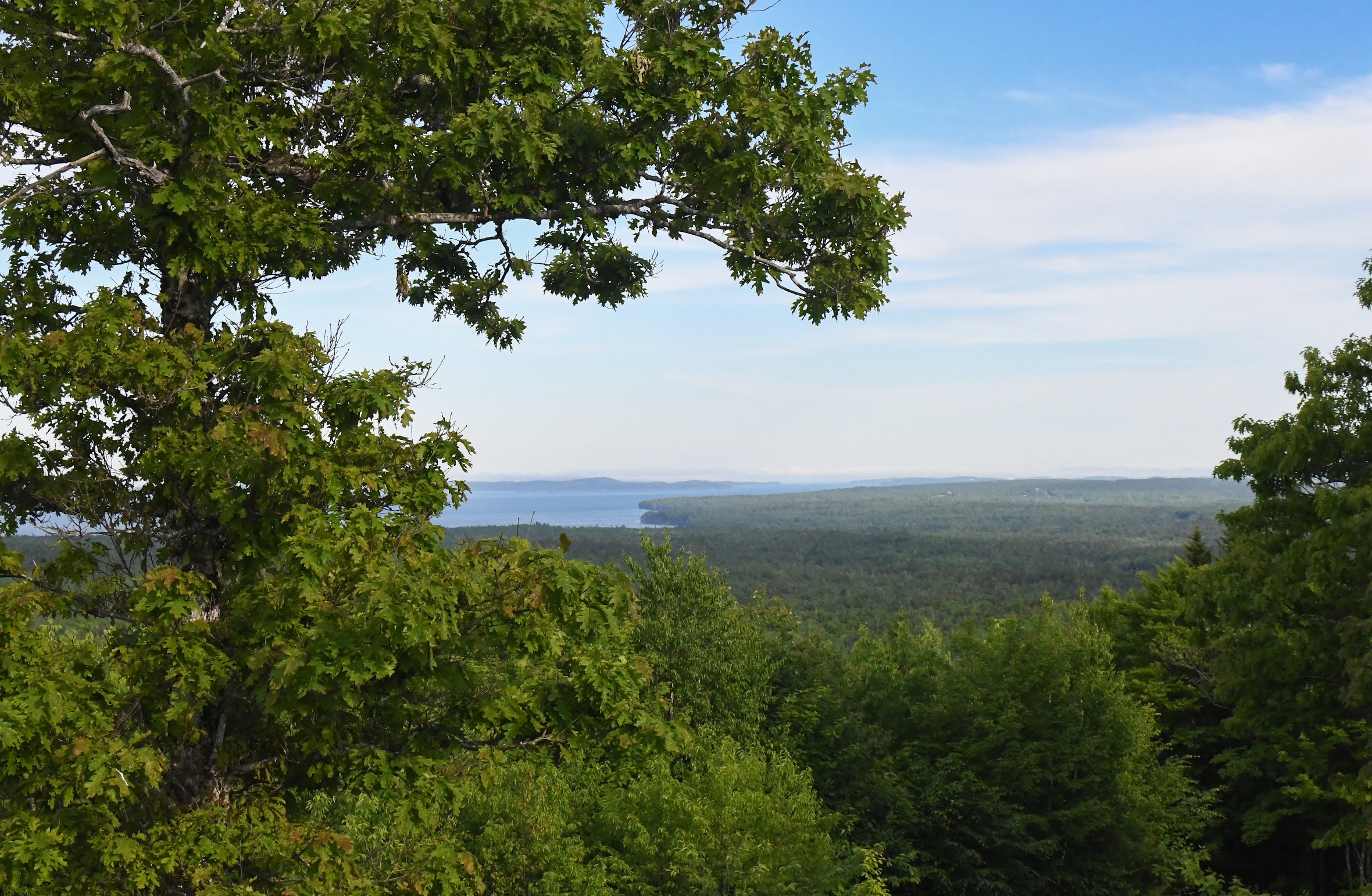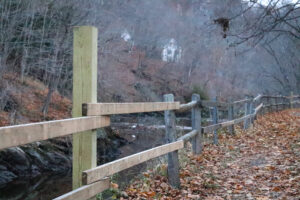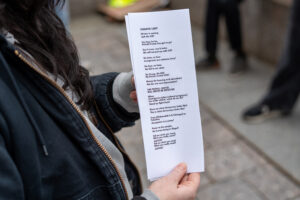On March 27, President Donald Trump signed an executive order entitled “Restoring Truth and Sanity to American History.” The purpose of the order was to amend the perceived partisan biases assigned to the representation of American history. As a result of the executive order, various signs and exhibits displaying information on climate change, slavery and indigenous land have been removed from several national parks. According to The Washington Post, Maine’s very own Acadia National Park was one of the parks affected.
The Maine Monitor reported that the signs at Acadia were installed in 2023 as part of an initiative to educate the public on the effects of climate change. The National Park Service kept a log of the now removed signs.
“Is there a refuge from a changing climate?” read one sign. The remaining text detailed the importance of protecting Acadia’s landscape in order for its unique ecosystem to thrive. Another sign said, “Acadia is changing, so are we.” This sign offered information about a plant conservation effort run by members of the community and encouraged visitors to plant native vegetation at home.
In a poll of 17 University of Maine students, 100% answered that national parks should have climate-related signage. In another poll of 19 students, 95% said that the President should not have a say over national park signage.
Sydney Simoes, a first-year student who identifies as a conservative, offered her view on the removal of signage and the President’s role in deciding what should be displayed.
“Climate issues are a significant conversation in America…[and] I’m not surprised that it’s now affected areas that represent nature. I believe controversial signs should be taken away, but not necessarily because I disagree with them. In my eyes, nature is a place of complete beauty and awe,” said Simoes.
Simoes then mentioned that the president has the authority to remove the signs, but in her eyes, not all the signs were actually controversial.
“If people are so upset about … [the removal of signage], maybe it’s not the right move,” said Simoes. “Because national parks are national, the President has the right to dictate the way it is run and works, however I don’t believe all signage that was removed should be considered controversial.”
“The message from Trump is clear from his statements — he does not want the American name to be disrespected. However, this message can be reasonably taken as an effort to silence those who do not agree with him,” said Simoes.
Lilia Lambert, a second-year parks, recreation and tourism student, also contributed her thoughts from a different political perspective.
“The removal of signage goes against so much of what the national parks stand for. As a person going into that field, I feel like I know what I’m talking about when I say this,” said Lambert.
Lambert expressed disbelief that the signs could be viewed as political, saying the move undermines the parks’ mission to inform visitors.
“I don’t know why on earth these signs could be seen as political, that seems so ridiculous to me. They are there to educate, not persuade. This shows how little our government cares about matters such as this and that if we don’t put it to a stop it’s gonna get worse. It also shows that they don’t have their priorities straight at all,” said Lambert.
Other students have expressed concern over the incumbent administration’s decision to remove the signs. They voiced concern over the President’s priorities and subsequent decisions in light of what they perceived as a matter that should have been left to local jurisdictions.
“The president should have zero say on these matters, absolutely none at all,” said Lambert.











